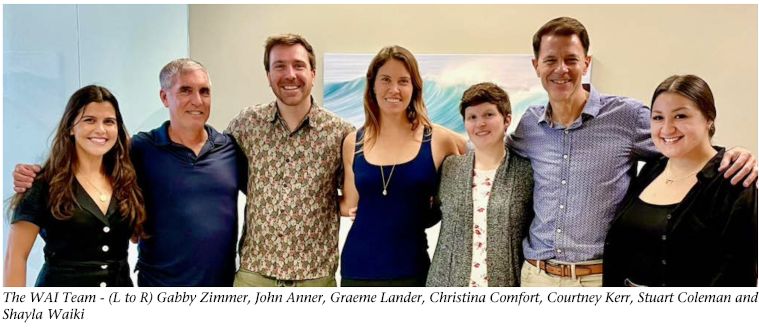By Stuart Coleman
Some issues are so complex, it’s tempting at times to give up and not give a crap. But the need to convert the state’s 83,000 cesspools is fairly straight-forward: Hawaii hasthehighestnumberofcesspools per capita, and these substandard systems pose serious threats to hu- man health, drinking water sources and the near-shore environment, including coral reefs. But there’s good news on the horizon.
After four years of meetings, the Cesspool Conversion Working Group (CCWG) finally wrapped up last Fall and has some promising solutions for this year’s legislature.
The Working Group consisted of a diverse array of leaders in their fields who were committed to find- ing the best solutions for dealing with this “crappy” problem: con- vertingmorethan80,000cesspools across the state by 2050. Hawaii was the last state to ban cesspools by more than three decades so there is a lot of catching up to do to solve this $2 billion problem.
As a member of the Working Group for four years, I admit that it was a long and difficult process but well worth the effort because we produced a list of recommenda- tions that were almost unanimous-
ly supported. A couple of the top new legislative priorities include: setting up earlier deadlines for Pri- ority Areas 1 & 2 (where cesspools pose risks to human health and the environment) and creating a new Cesspool Section at the Hawaii Dept. of Health to help streamline the permitting process for all of those cesspool conversions.
Last legislative session, we worked with a coalition of groups to help pass a bill that would cre- ate grants of up to $20,000 to help low- and mid-income homeowners with the costs of converting their cesspools, and that Grant Pilot Program will go into effect later this month. So let’s give a crap and help put this crappy problem behind us!
www.WaiCleanWater.org



